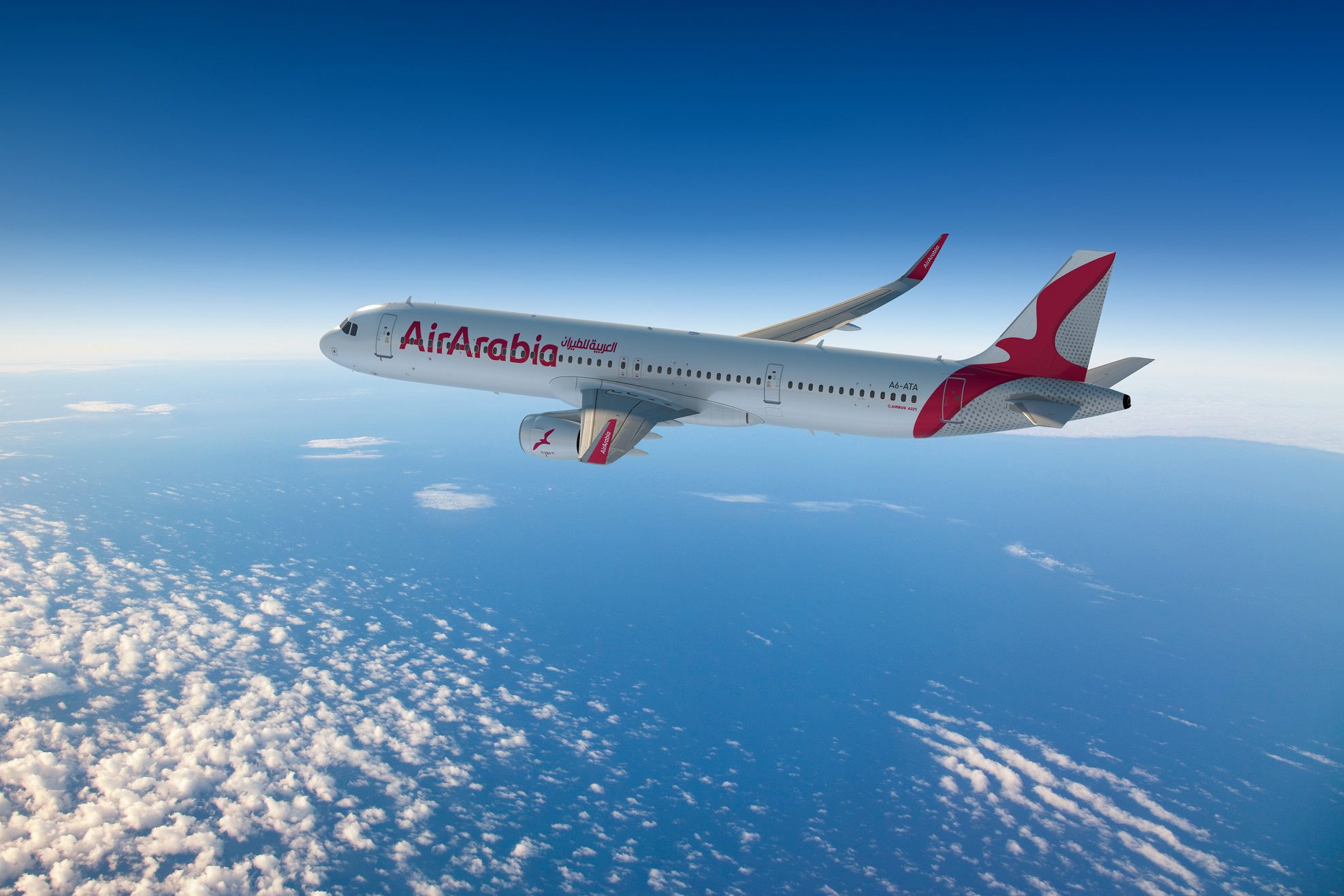
aaaircraft
Low-cost airline Air Arabia has recently announced some interesting initiatives to broaden its presence. Following the July news to start up a new airline in Armenia, it said last week that it will take similar steps to launch a low-cost carrier in Pakistan. It follows Air Arabia’s previous expansion plans. Air Arabia targets growth in Armenia and Pakistan.
Launched in 2003, Air Arabia was the first low-cost airline in the Middle East. It started operations out of Sharjah, one of the seven emirates within the United Arab Emirates (UAE) that is close to Dubai. Later other emirates were added: Ras Al Khaimah and Abu Dhabi.
In 2007, the carrier made its first attempt to grow outside the Middle East by opening a base in Nepal. The Fly Yeti initiative lacked government support and ended in 2008 during the economic crisis.
More successful has been Air Arabia Maroc, which was established in 2009 and to this day remains one of the pillars of the airline. The subsidiary has helped Air Arabia open the door to Europe and Africa. A year later in 2010, Air Arabia Egypt followed and also continues to exist today. Less successful was Air Arabia Jordan, which was formed in 2015 when the carrier took a 49 percent share in Petra Airlines. It lasted only until 2018.
In the midst of the pandemic, Air Arabia Abu Dhabi launched in July 2020. In a partnership with Etihad, the airline aims to strengthen the position of both airlines in Abu Dhabi which has seen the entrance of some strong competitors like Wizz Air Abu Dhabi. The Covid-crisis has delayed the launch and the growth of air travel in the region, so the success still needs to be confirmed. Air Arabia Abu Dhabi launched eight new routes in July to Egypt, Oman, India, and Afghanistan.
Air Arabia serves 170 destinations and has aggressive plans for the future, which will be supported by a huge fleet expansion. It currently operates 57 aircraft but placed an order for 120 aircraft at the 2019 Dubai Airshow including 73 Airbus A320neo’s, 27 A321neo’s, and 20 A321XLRs. While unconfirmed by the airline, it could be that part of this fleet expansion will be used for the latest two initiatives.
Fly Arna intends to open up Armenia…
In July, Air Arabia and the Armenian National Interests Funds (ANIF) announced their plan to launch a new low-cost airline in Armenia in the Caucasus region. Earlier this month, it was confirmed that the carrier will be called Fly Arna. It has filed an application for an Airline Operator Certificate (AOC), but will share details about the launch data, fleet, and network only at a later stage. Operating out of the capital Yerevan, Fly Arna intends to shake up the country’s aviation sector which for years has been dominated by Armenia Airways and its outdated fleet of Russian airliners. Other airlines are Aircompany Armenia and Atlantis Armenian Airlines. The national carrier, Armavia, went bankrupt in 2013.
A lesson that Air Arabia can learn from its previous attempt in Nepal is that it should be prepared for a lack of corporation or even outright local resistance. The backing from ANIF should convince the skeptics of Fly Arna’s intentions, but in the past, any initiatives from foreign investors and carriers to enter the Armenian market were met with opposition.
… while Fly Jinnah targets Pakistan
Air Arabia’s latest plan is Fly Jinnah, a low-cost in Pakistan that will be formed as a joint-venture with one of the country’s leading business conglomerates, Lakson Group. Starting in Karachi, it intends to operate domestic and international routes to promote tourism and contribute to Pakistan’s economy. Fly Jinnah also should raise standards in Pakistan’s poor airline reputation, with national carrier PIA being banned in various countries after failing to comply with international safety standards.
Other airlines in Pakistan are SerenAir, airblue, and Air Sial, the third one only formed in December 2020. Both airblue and Air Sial operate or plan to operate in the UAE, but this could become a hard act when they are confronted with the latest low-cost airline. Fly Jinnah’s application for an AOC will be filed shortly, with more details about the start-up to follow shortly, says Air Arabia.
“This partnership reflects our commitment to support the development of Pakistan’s air transport sector while providing the citizens and visitors of the country with a new option of value for money air travel”, Lakson Group Chairman Iqbal Ali Lakhani says in a media statement. “Air Arabia enjoys a track record of reliable and efficient operations, and we look forward to working closely towards launching and developing the new airline.” Although the owner of a travel company (Princeton Travels), Lakson has no track record within the airline industry.
Air Arabia reported an HY1 net profit of AED 44 million with revenues of AED 496 million. In 2020, it recorded a full-year loss of AED 192 million compared to an AED 1.008 billion profit in 2019. The operating loss was AED 180 million versus an AED 932 million profit. Revenues were AED 1.851 billion versus AED 4.758 billion the previous year. The airline carried 4.3 million passengers almost a third of the 12.1 million welcomed onboard the year before.
Views: 1



